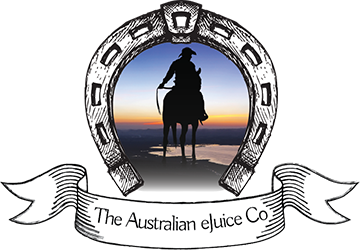Home About About Vaping
About Vaping
What Is Vaping?
Looking to find out more about vaping? Despite the exponential growth of the vaping industry in recent years, and an explosion in the popularity of e-cigs, many people still aren’t sure what is vaping exactly. If you have any questions about vaping, vaporizers, or related uses, this comprehensive guide has got you covered.
What is vaping?
Vaping is the act of inhaling vapor produced by a vaporizer or electronic cigarette. The vapor is produced from a material such as an e-liquid, concentrate, or dry herb.
What is a vaporizer?
A vaporizer is an electric device that turns vaping material into vapor. A vaporizer usually consists of battery, main console or housing, cartridges, and atomizer or cartomizer. The battery generates the power for the heating element in the atomizer or cartomizer, which contacts the vaping material and transforms it into vapor for inhalation.
What materials can be vaped?
The vast majority of vapers use e-liquids, but other common materials include waxy concentrates and dry herbs. Different vaporizers support the vaping of different materials. For example, e-liquids vaporizers have a cartridge or tank, while a dry herb vaporizer will have a heating chamber. Multipurpose vaporizers allow you to vape different materials simply by switching cartridges.
What is the vapor in a vaporizer?
Vapor is defined as “a substance diffused or suspended in the air which is originally a liquid or solid turned into a gaseous form.” The vapor in a vaporizer is the gaseous form of any of the vaping materials. The vapor looks thicker than smoke, however, smells much better, and quickly dissipates into the air.
What is e-juice and e-liquid?
E-juice, also called e-liquid, is the primary material used in vaporizers, and consists of a PG (propylene glycol) and VG (vegetable glycerin) base, flavorings, and may or may not contain nicotine.
There is a myriad variety of e-liquids available on the market, and you can find flavors raining from the most basic fruity ones to some very innovative flavors such as desserts, candies, and so on.
Unlike the smoke of a traditional tobacco cigarette, most e-liquids produce vapor with a pleasant odor.
A Timeline of Vaping History
Here’s a quick overview of the most important developments over the years:
440 BC – Ancient Vaping
- Herodotus, a Greek historian, was the first to mention a form of vaping when describing a tradition of the Scythians, a Eurasian people who would throw cannabis, aka marijuana, onto red hot stones and then inhale and bathe in the resulting vapor.
1542 AD – Irfan Sheikh Invents Hookah
- Though not directly related to vaping, the hookah is considered a key step towards the creation of the modern vaporizer.
1960 – Herbert A. Gilbert Patents the First Vaporizer
- Gilbert, a Korean war veteran, introduced the basic anatomy of the vaporizer, which is still more or less the same as today.
The 1980s and 90s – Eagle Bill’s Shake & Vape Pipe
- Frank William Wood, commonly known as “Eagle Bill Amato” was a Cherokee marijuana medicine man. He introduced the first portable vaporizer called Eagle Bill’s Shake & Vape Pipe and is known for popularizing vaping culture, especially the vaping of marijuana.
2003 – Hon Lik Invents Modern E-Cig
- Hon Lik, now known as the father of modern vaping, is a Chinese pharmacist who invented the modern e-cigarette.
The late 2000s – E-cigarettes move into the spotlight
- Within a year of their invention, e-cigarettes began to be sold commercially. Their popularity grew in the late 2000s and continues to rise today. In the UK alone, the number of vapers has increased from 700,000 in 2012 to 2.6 million in 2015.
How does vaping feel?
Compared to smoking cigarettes, vaping may feel wetter and heavier depending on the vapor. As well, vaping is much more pleasantly aromatic and flavorful, due to the flavors of the e-liquids.
Vapers can choose from a virtually infinite variety of flavors. Some online stores allow you to mix and match, and even build your own flavors.
